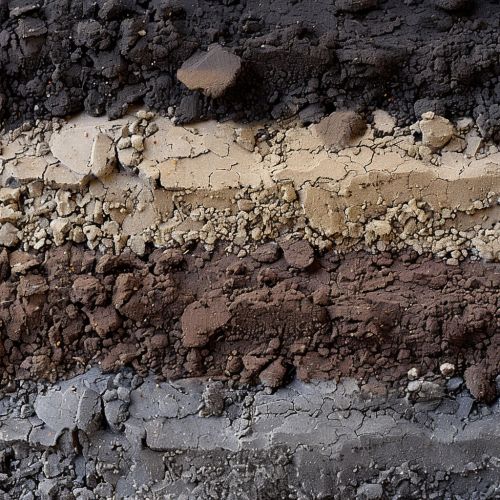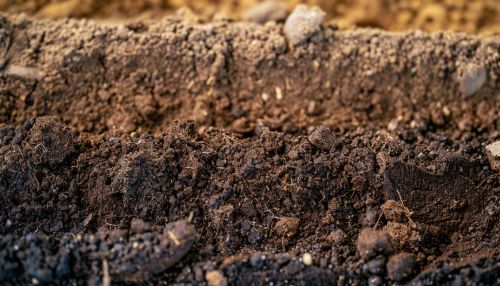Soil Mechanics
Introduction
Soil mechanics is a branch of civil engineering that studies the behavior of soil under various conditions. It is a multidisciplinary field that combines aspects of geology, physics, and engineering to understand how soil behaves under different types of stress and to predict how it will respond to changes in its environment.
History
The study of soil mechanics dates back to the ancient civilizations of Egypt and Rome, who recognized the need to understand the properties of soil for their construction projects. However, it was not until the 18th century that the field began to take shape as a distinct discipline. The modern field of soil mechanics was largely developed in the early 20th century by Karl von Terzaghi, an Austrian engineer often considered the father of soil mechanics.
Basic Principles
The basic principles of soil mechanics can be divided into three main areas: soil structure, soil properties, and soil behavior.
Soil Structure
Soil structure refers to the arrangement of the solid particles in a soil sample. This structure can greatly affect the soil's mechanical and hydraulic properties. The primary components of soil are minerals, organic matter, water, and air. The arrangement of these components forms the soil structure.
Soil Properties
Soil properties are the characteristics of soil that can be measured or observed. These include physical properties such as density, porosity, and permeability, as well as chemical properties such as pH and cation exchange capacity. These properties are crucial in determining the soil's behavior under different conditions.
Soil Behavior
Soil behavior refers to the way soil responds to external forces. This includes how soil deforms under load, its shear strength, and its consolidation behavior. Understanding soil behavior is crucial for predicting how soil will respond to changes in its environment, such as changes in moisture content or temperature.
Soil Classification
Soil classification is a system used to categorize different types of soil based on their properties. The most common system used in soil mechanics is the Unified Soil Classification System (USCS), which classifies soils into three main groups: coarse-grained soils, fine-grained soils, and highly organic soils.


Soil Testing
Soil testing is a crucial part of soil mechanics. It involves taking soil samples and subjecting them to various tests to determine their properties. These tests can include grain size analysis, Atterberg limits tests, and shear strength tests. The results of these tests are used to predict how the soil will behave under different conditions.
Applications
Soil mechanics has a wide range of applications in civil engineering. It is used in the design of foundations for buildings and bridges, the construction of roads and dams, and the assessment of slope stability. It is also used in environmental engineering to predict the movement of contaminants through the soil.
Challenges and Future Directions
Despite the advances in soil mechanics, there are still many challenges in the field. These include the need for more accurate models to predict soil behavior, the need to understand the effects of climate change on soil properties, and the need to develop sustainable practices in soil management. The future of soil mechanics will likely involve the use of advanced technologies such as remote sensing and machine learning to address these challenges.
